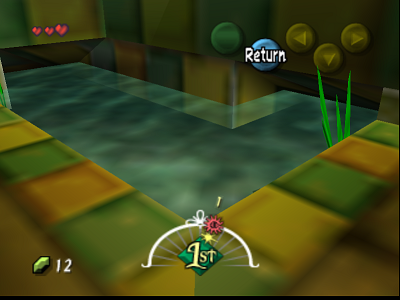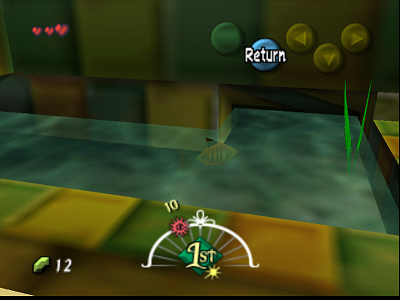Bunyan (or Babaderu in Japanese) is a recurring character in Breath of Fires. He’s always a woodsman with almost superhuman strength, and in games three and four he’s also a master with, well, superhuman abilities that you can learn.

I don’t have a better picture of him but that big bearded fellow is Bunyan. The small crybaby is Ryu, ha ha. ❤
Now here’s the fun tidbit, translated by yours truly from Finnish:
[in the old Japan] woodcutters (yamagatsu) and dodgy woodsmen (ayashiki shizu) were believed to be exceptional special people who drew their vitality from the mountains.
Also,
They admired holy men (hijiri) who had totally abandoned the human world and lurked in the shadows of mountains and dedicated themselves to rigorous exercises. They were thought to be extraordinary in their powers like the woodcutters (yamagatsu) and other unhuman oddities.
That last part was a bit difficult to translate because the actual words used were ‘epäihmismäisten kummajaisten’ which literally translates into ‘inhuman freaks’, and it sounds so much harsher in English than in Finnish. Also, I suspect that it means yokai like the various babas and not actual people1. Otherwise, he’d probably just repeated the ayashiki shizu at that part.
So there’s your bit of Japanese folklore of today, ha ha.
If anyone even reads my blog anymore.
1 Oops, sorry, I think it referred to hinin after all. So, pretty harsh.
2 I just realised that the Bunyan localisation of his name probably refers to Paul Bunyan, a giant lumberjack in American folklore. I don’t know what babaderu refers to but baba at least refers to hags, crones, in Slavic and Japanese folklore. I don’t know if there’s a connection, though. And deru just makes me think of, well, ‘deru’ 出. Knowing the Japanese, though, I have this suspicion that it’s a pun on something.


